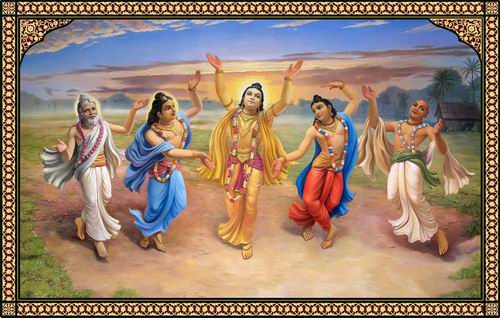
On the streets of Manchester last week I met a lady who described to me her 'spiritual practice'. Inspired by a new book she was reading, she explained spiritual life as meaning how to practically realize our desires, understanding where we are and how to reach them. To some degree I was agreeing with her but mentioned that we must distinguish between desires that are spiritual and those that are material. There is an idea today that spirituality means learning how to get what you want by subtle means, subtle manipulations, whether or not those desires are actually in tune with our real spiritual identity. One may desire to become financially successful, powerful or to obtain a beautiful partner. The first time I stayed in India, I stayed in a Tantric school hoping to learn about spirituality. Upon hearing that they aimed at developing techniques such as how to steal another's wife, obtain secret information or kill someone using subtle means, naturally I quickly left. Often spirituality is seen as finding peace within oneself, but peace from what? Peace from the never-ending stream of material desires that fall upon us, peace from the frustrations that come from not being able to fulfill them or from not feeling satisfied once we have.
If however, we utilize our present mindset and physical body to reawaken our dormant spiritual consciousness then we really benefit ourselves and those connected to us. Spiritual desires are those aimed at self realization, understanding our higher nature, and of consequently becoming free from our lower nature desires. Great teachers inform us that our higher nature is pure conscious spirit soul, part and parcel of Krishna, the reservoir of all consciousness. This is our dharma, our nature and essence. Spiritual desires are those that are based on this relationship of eternal love. By nature we are servants either of our spiritual nature or our lower nature. If we serve Krishna then we find a pleasure that deeply touches our soul, our very existence. On the other hand if we remain servant to our mind, our senses, our material desires then we will only find frustration with such uncaring masters. Real peace can be found when we truely understand our higher self and the love of Krishna. When we have such peace then only can we be truely happy, even in this flickering world of forgetfulness.
A person who is not disturbed by the incessant flow of desires — that enter like rivers into the ocean, which is ever being filled but is always still — can alone achieve peace, and not the man who strives to satisfy such desires. Bhagavad Gita As it is 2.70

















